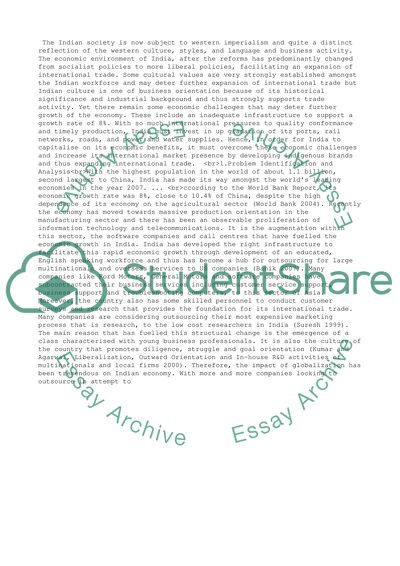Cite this document
(“Indias Participation in Global Economy Essay Example | Topics and Well Written Essays - 3000 words”, n.d.)
Retrieved from https://studentshare.org/business/1395489-indias-participation-in-global-economy
Retrieved from https://studentshare.org/business/1395489-indias-participation-in-global-economy
(Indias Participation in Global Economy Essay Example | Topics and Well Written Essays - 3000 Words)
https://studentshare.org/business/1395489-indias-participation-in-global-economy.
https://studentshare.org/business/1395489-indias-participation-in-global-economy.
“Indias Participation in Global Economy Essay Example | Topics and Well Written Essays - 3000 Words”, n.d. https://studentshare.org/business/1395489-indias-participation-in-global-economy.


